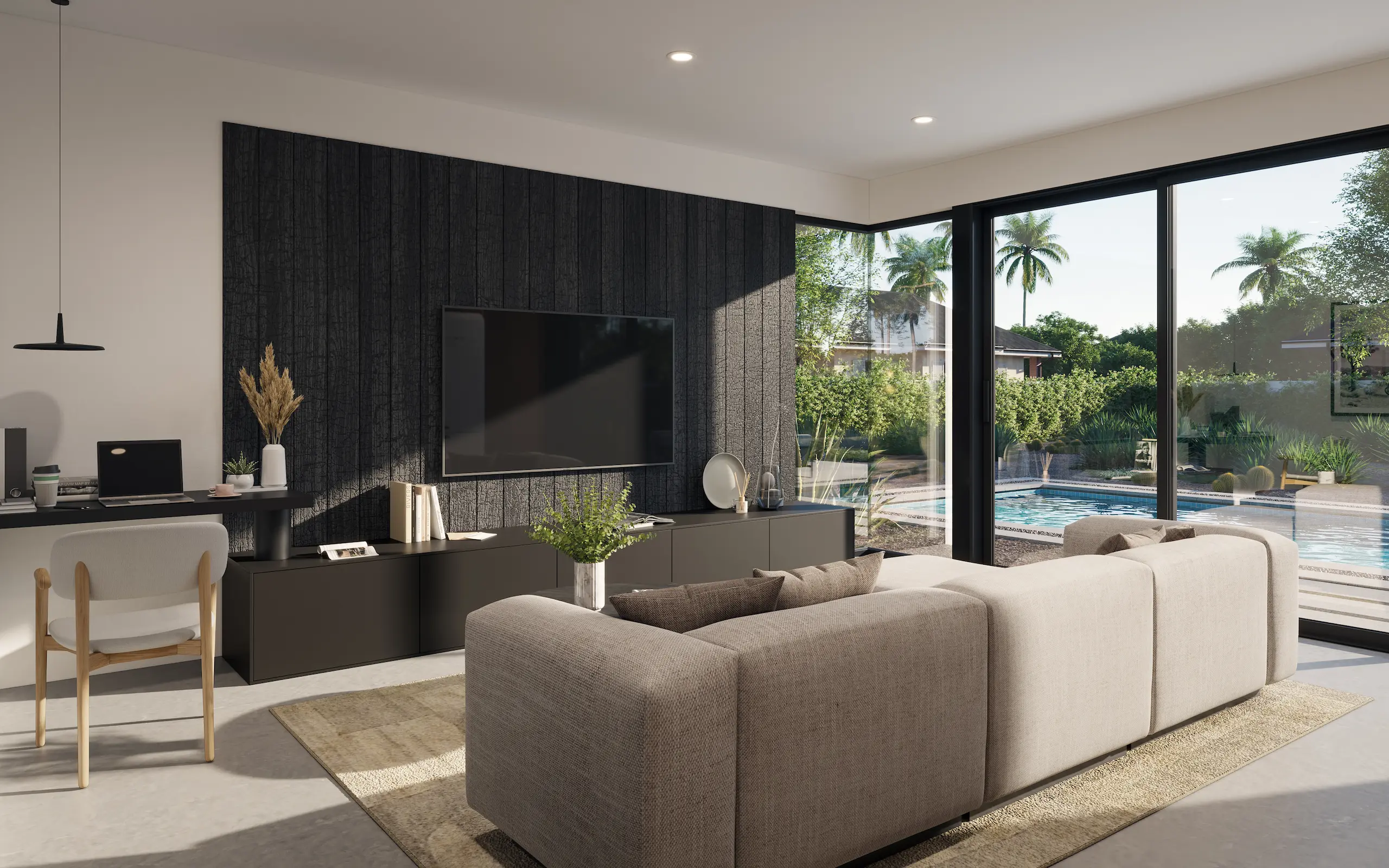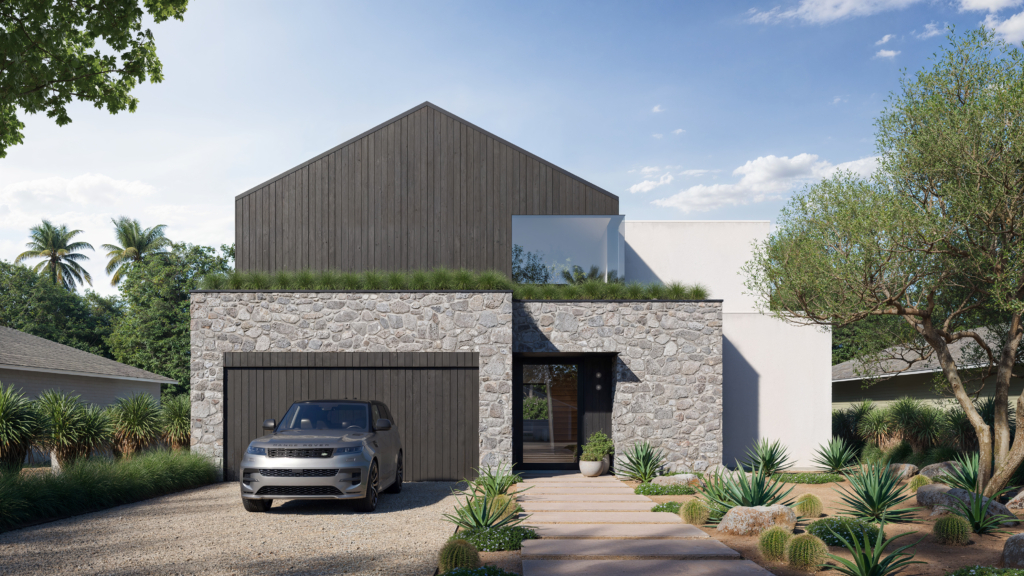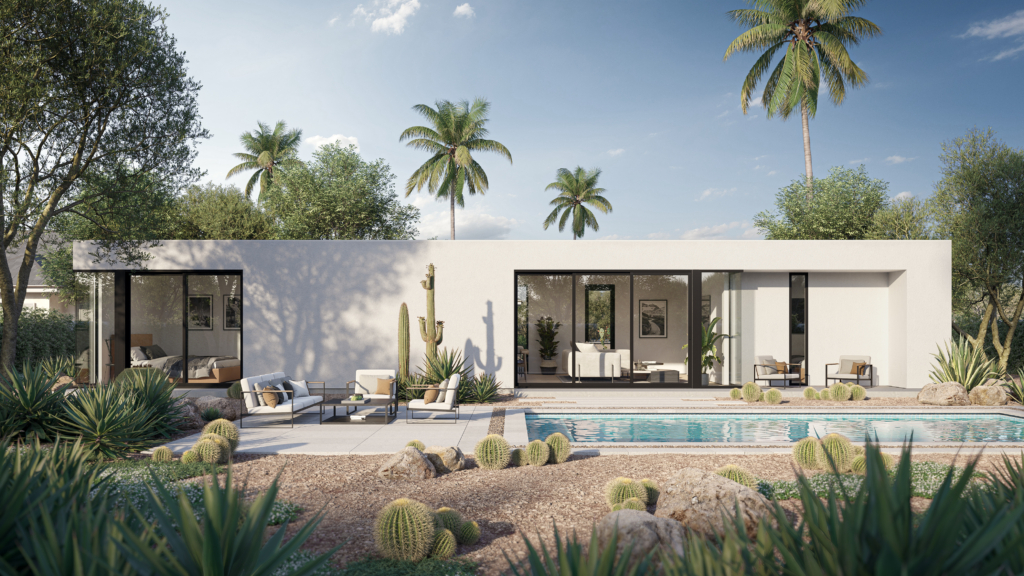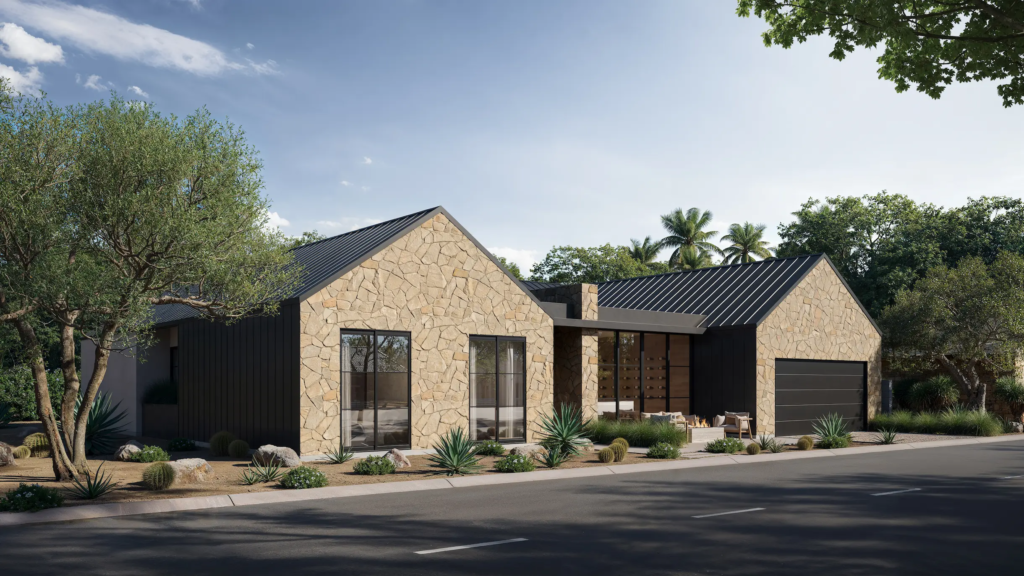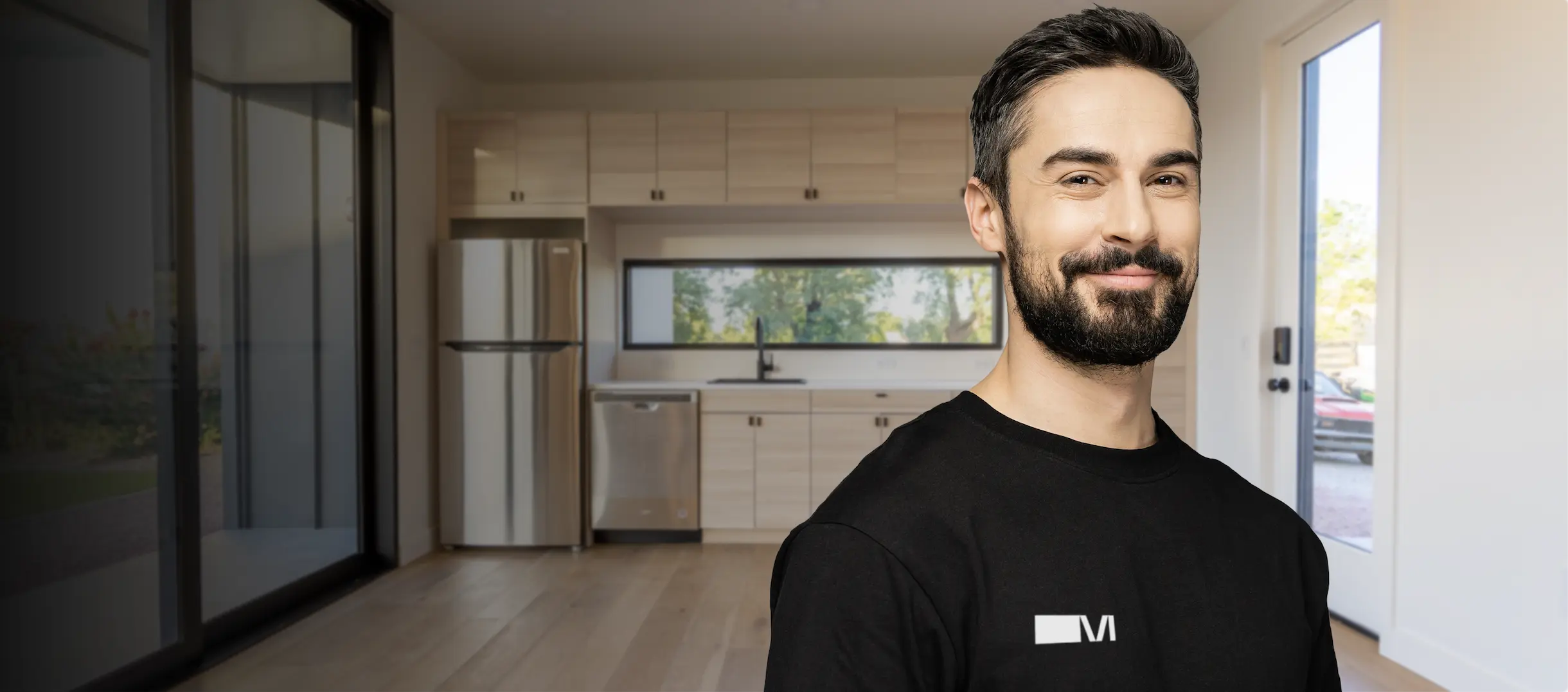As housing options diversify to meet evolving needs, two innovative solutions have gained significant attention: Accessory Dwelling Units (ADUs) and tiny homes. Both provide alternative living spaces but differ in various ways, from their purpose and design to regulatory considerations. Understanding these differences can help homeowners and potential residents make informed decisions about which option suits their needs best.
<br>
What is an ADU?
<br>
An Accessory Dwelling Unit (ADU) is a secondary housing unit located on the same property as a primary residence. ADUs can be:
<br>
– Detached Units: Separate structures on the same lot as the main house.
– Attached Units: Connected to the main house but with a separate entrance.
– Garage Conversions: Existing garages transformed into living spaces.
<br>
ADUs typically include all the amenities found in a regular home, such as a kitchen, bathroom, and living area, making them fully functional residences that can typically be rented or lived in full-time. These units can be guest homes, casita’s, prefab ADU’s, mother-in-law suites, pool houses, container homes, and more.
<br>
Sizes can range from as small as 200sf up to 1,600sf and beyond. Our specific units and their square footage are listed below but keep in mind, all of our units can be customized, expanded, reduced, and made to fit your purpose!
<br>
<br>
What is a Tiny Home?
<br>
A tiny home is a standalone, small-sized dwelling that emphasizes smaller features and efficient use of space. Tiny homes generally range from 100 to 400 square feet and can be:
– Stationary: Built on a permanent foundation.
– Mobile: Constructed on trailers, allowing them to be transported.
<br>
Tiny homes sometimes focus on sustainability and eco-friendliness, and may also incorporate energy-efficient features and traditional designs.
<br>
Key Differences Between ADUs and Tiny Homes
<br>
- Location and Integration
– ADUs: Built on the same lot as an existing single-family home, ADUs are integrated into residential neighborhoods. They must comply with local zoning regulations and building codes, which often dictate their size, placement, and usage.
– Tiny Homes: Can be located independently or within tiny home communities. Mobile tiny homes can be moved to different locations, offering greater flexibility in terms of where they can be placed. However, stationary tiny homes must adhere to similar zoning laws and building codes as traditional houses.
<br>
- Purpose and Usage
– ADUs: Serve various purposes, including rental income, housing for elderly family members, guest accommodations, or additional living space for the homeowner’s family. They are intended to be long-term housing solutions and often increase the property’s value.
– Tiny Homes: Primarily appeal to individuals or couples seeking a minimalist lifestyle. They are suitable for full-time living or as vacation homes but may not be ideal for larger families due to their limited space. Tiny homes emphasize affordability, sustainability, and mobility.
<br>
- Design and Amenities
– ADUs: Designed to be fully functional residences with all the amenities of a traditional home. They often mirror the architectural style of the primary residence to blend seamlessly into the property.
– Tiny Homes: Feature compact, efficient designs that maximize every inch of space. While they include essential amenities, such as a kitchen and bathroom, they may lack some conveniences found in larger homes. The design of tiny homes often focuses on innovative storage solutions and multi-functional furniture.
<br>
- Regulatory Considerations
– ADUs: Subject to local zoning laws, building codes, and permitting processes. Regulations may include restrictions on size, occupancy, and usage. Homeowners may need to navigate complex legal requirements to build an ADU.
– Tiny Homes: Mobile tiny homes face different regulations than stationary ones. Mobile units must comply with RV standards, while stationary tiny homes must meet local building codes. Zoning laws can be a significant hurdle, as many areas have minimum size requirements for residential dwellings.
<br>
- Cost and Financing
– ADUs: Generally more expensive to build due to their larger size and the need to comply with extensive building regulations. However, they can add significant value to the property and provide rental income.
– Tiny Homes: Typically more affordable upfront but may have financing challenges, as traditional mortgage options may not be available. The cost of a tiny home can vary widely based on customization and materials used.
<br>
- End Value
The end value of an ADU (Accessory Dwelling Unit) compared to a tiny home can differ significantly due to several factors:
<br>
ADU End Value:
<br>
- Property Value Increase: An ADU can substantially increase the overall value of the primary property. This is because ADUs are typically permanent structures that comply with local zoning and building codes, making them attractive for long-term investment and able to be financed by a bank or lender.
<br>
- Rental Income: ADUs can generate steady rental income, which enhances the property’s value by providing an additional revenue stream. This income potential can appeal to future buyers.
<br>
- Market Appeal: ADUs are seen as more versatile and livable long-term solutions, appealing to a broader market, including families, investors, and homeowners looking for flexible living arrangements.
<br>
- Financing Options: ADUs may be easier to finance through traditional mortgage options, and the cost can often be incorporated into the primary home’s mortgage.
<br>
Tiny Home End Value:
<br>
- Lower Initial Cost: Tiny homes generally have a lower initial cost compared to ADUs. However, this doesn’t translate into a proportional increase in property value as a tiny home is not considered real property.
<br>
- Mobility and Flexibility: The ability to move tiny homes can be a double-edged sword. While it offers flexibility, it can also mean that the tiny home doesn’t add to the value of the land it occupies.
<br>
- Resale Value: Tiny homes, especially mobile ones, may not appreciate in value as much as ADUs. Their resale value depends heavily on their condition, design, and current market demand for tiny living.
<br>
- Regulatory Challenges: Financing and insuring tiny homes can be more complicated. They will not qualify for traditional mortgages as they are not real property and will require alternative financing solutions, which can impact their long-term value.<br>
<br>
While both ADUs and tiny homes offer unique benefits, ADUs provide a higher end value due to their integration into the primary property, potential for rental income, and better financing options. Tiny homes, while cost-effective and flexible, may not add as much long-term value and face more regulatory and financing challenges.
<br>
Conclusion
<br>
While both ADUs and tiny homes offer innovative solutions to housing challenges, they cater to different needs and preferences.
<br>
ADUs are ideal for homeowners looking to maximize their property’s value and provide flexible living arrangements for family or renters. Tiny homes, on the other hand, appeal to those seeking a mobile, and eco-friendly lifestyle. A major key difference lies in the end value of each type of dwelling. Understanding these differences is crucial for making the best choice for your living situation.
